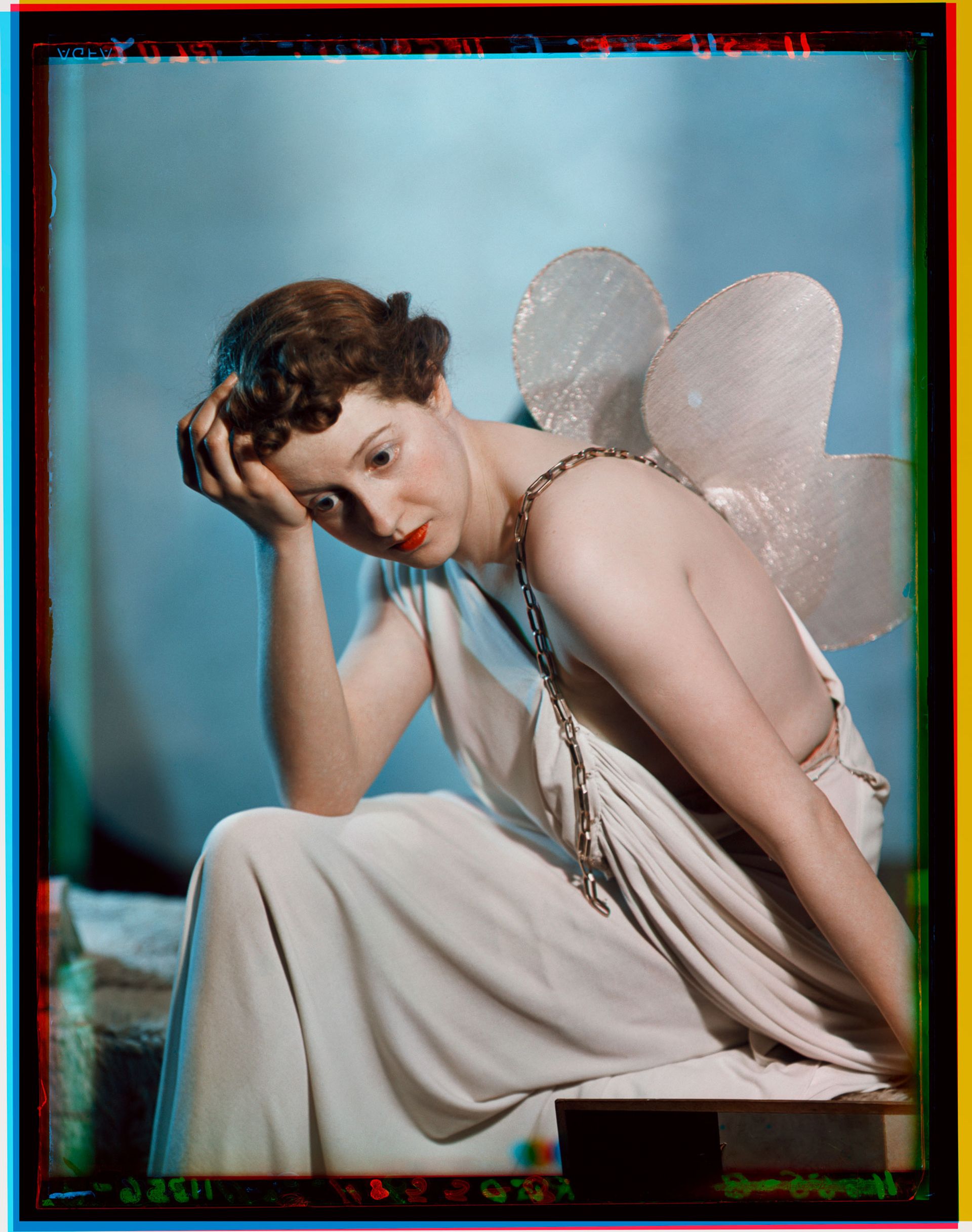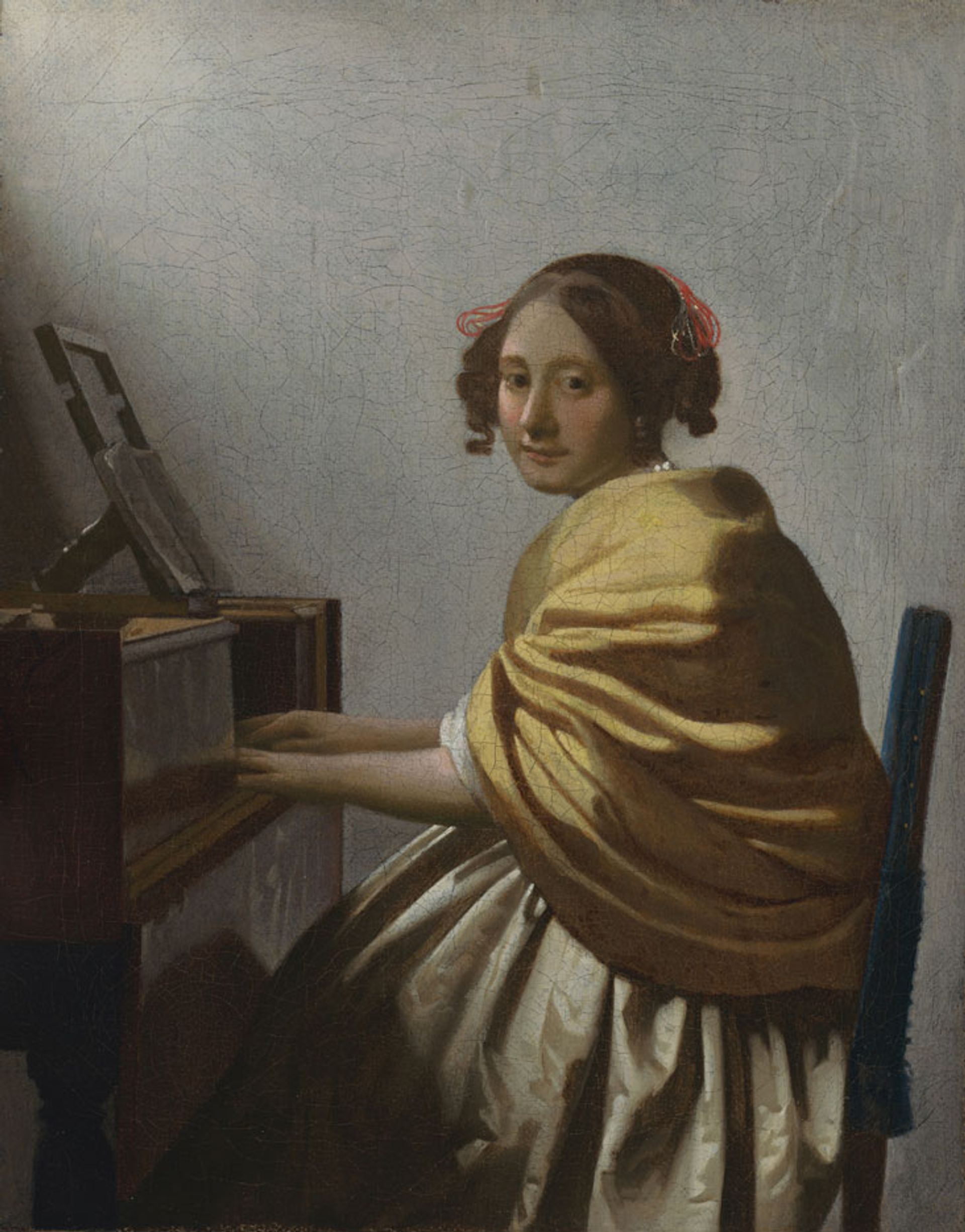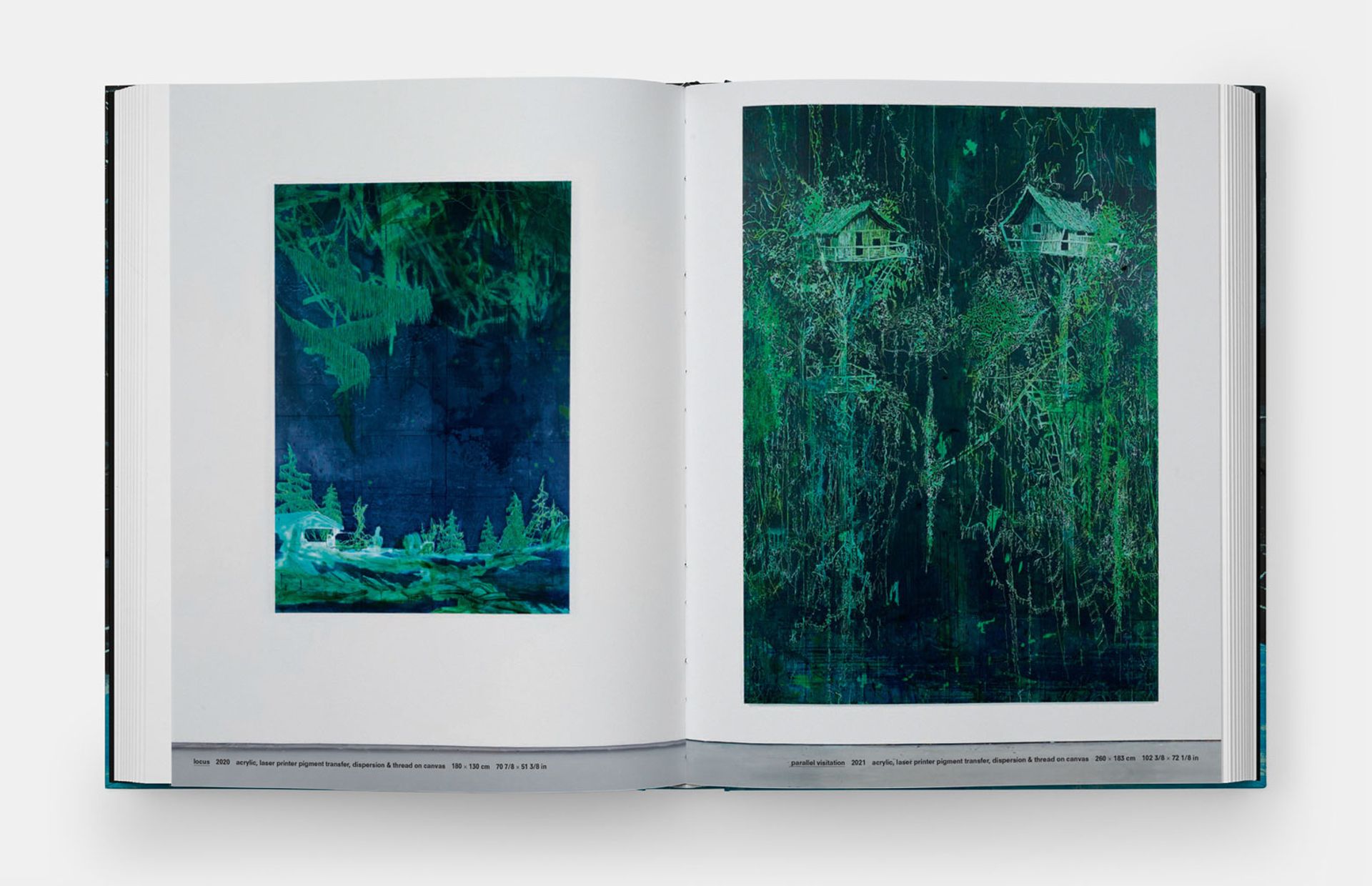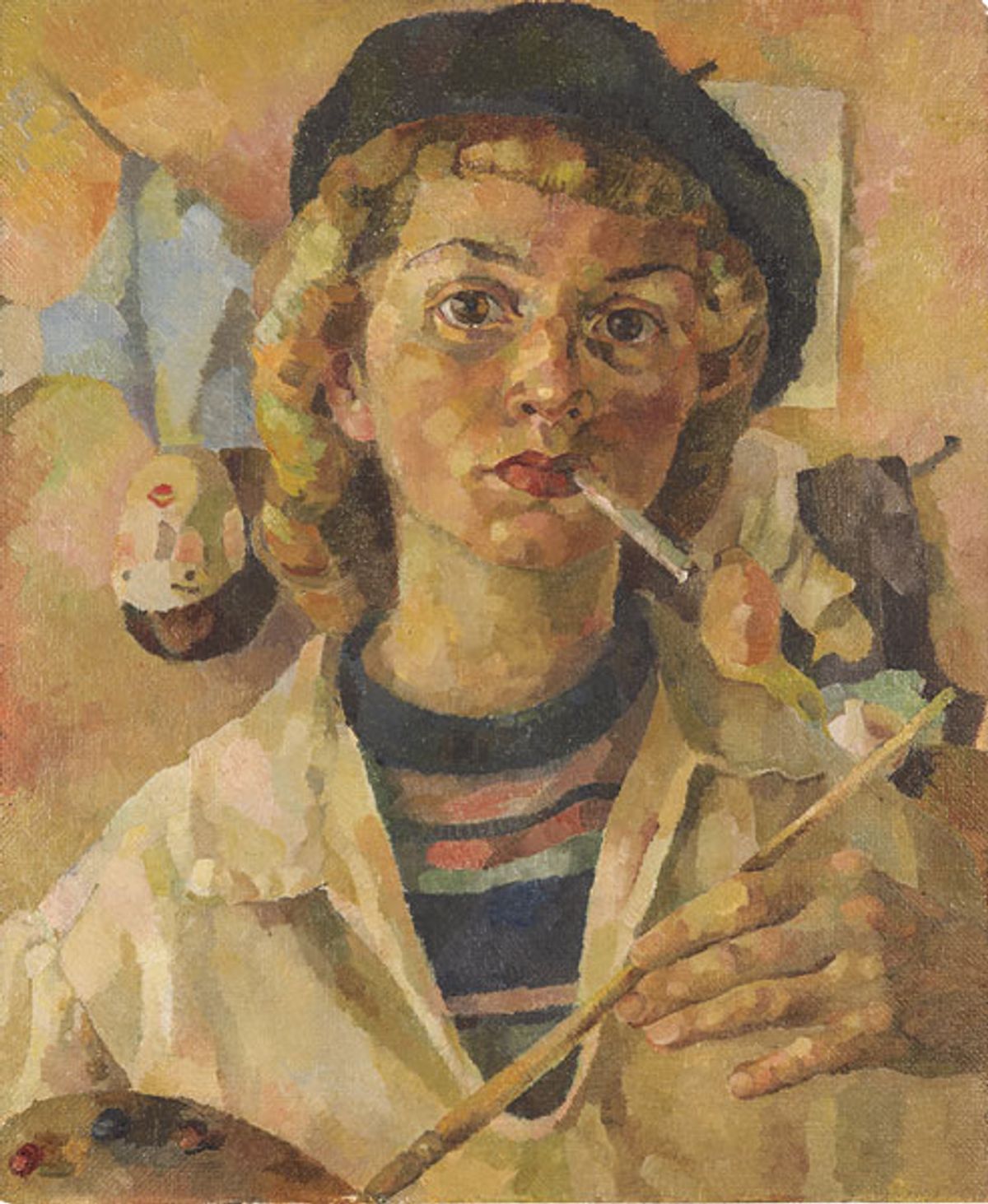Ruth Baumgarte, Catalogue Raisonné of the Paintings, Watercolours, Drawings and Illustrations, The Kunststiftung Ruth Baumgarte (editor), Hirmer, 1,120pp, $245 (pb)
This three-volume catalogue raisonné charts the life and work of the German artist Ruth Baumgarte (1923-2013) known for her depictions of people and scenes in Africa as well as her studies of environmental topics, touching on disasters such as the Chernobyl nuclear power plant accident in 1986. “The first volume details the life of the artist, touching on the significant biographical and cultural-historical milestones of her life. This volume also examines Baumgarte’s place in art history and explains the artist’s particular relationship to Africa,” according to a statement from the publishers. The second volume explores Baumgarte’s canon, analysing 1,100 drawings, 700 watercolours, and 50 oil paintings. The third volume features all of Baumgarte’s illustrations.

Dorothy Gisborne (Pratt) as Psyche (1935) by Yevonde © National Portrait Gallery, London.
Yevonde: Life and Colour, Lucinda Gosling (contributor), National Portrait Gallery (London), 240pp, £40 (hb)
The London-based photographer Yevonde (also known as Madame Yevonde) was a colour photography pioneer, setting up her own studio in London’s Victoria Street in 1921. “If we are going to have colour photographs, for heaven’s sake let’s have a riot of colour, none of your wishy-washy hand tinted effects,” said Yevonde in 1932 in an address to the Royal Photographic Society. This publication—which accompanies a major show of her work at the newly opened National Portrait Gallery in London—features more than 200 images including newly discovered works such as Dorothy Gisborne (Pratt) as Psyche (1935), part of Yevonde’s series showing women dressed as goddesses.

Johannes Vermeer's Young Woman Seated at a Virginal (around 1670-72) is in the Leiden collection
The Guardians of Art: Conversations with Major Collectors, Dani Levinas, La Fábrica, 176pp, $33 (pb)
The Argentine-born Dani Levinas, a Washington DC-based collector, interviews 34 other high-profile collectors including Sheikha Al-Mayassa of Qatar’s ruling family, Don and Mera Rubell in Miami and the Old Masters specialist Thomas Kaplan in this survey of collecting today. Levinas says in the introduction: “What was it that I wanted to find out when approaching these fascinating elite art collectors, often reluctant to shed their low profiles? Several things. I wanted to know why they collect, what was their original motivation and what keeps them motivated.” In the book Kaplan, the founder of the Leiden collection, says: “From the very outset, I made it clear to dealers that they would have to be absolutely transparent, that they would never get a second chance if they did not tell me the truth.”

A spread from Michael Raedecker: Everything But Not Everything
Michael Raedecker: Everything But Not Everything, Martin Herbert, Claudia Swan et al. (contributors), Phaidon, 304pp, £59.95 (pb)
This monograph surveys the Dutch artist Michael Raedecker’s 40-year career, featuring key works such as therapy (2005), kismet (1999) and brilliant gloom (2004). “Through depictions of shadowy cabins, abandoned pools, tree houses, lonely suburban homes, and vacant parked cars with doors ajar, Raedecker’s unpeopled landscapes glow in eerie monochromes, summoning a certain unsettling familiarity within its viewer,” says a publisher’s statement. The publication includes a number of essays including Laura McLean-Ferris’s analysis of Raedecker’s transfer technique—a complex practice involving transferring photographic images on to a different canvas—while the critic Martin Herbert traces his work and practice over the decades. The writer Stuart Cumberland also examines Raedecker’s “painting language”.


